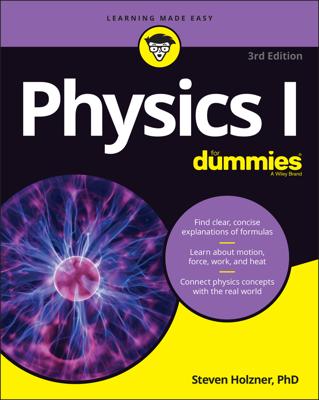In the string theory of a Level 2 parallel universe, regions of space are continuing to undergo an inflation phase. Because of the continuing inflationary phase in these universes, space between us and the other universes is literally expanding faster than the speed of light — and they are, therefore, completely unreachable.
Two possible theories present reasons to believe that Level 2 parallel universes may exist: eternal inflation and ekpyrotic theory.
In eternal inflation, the quantum fluctuations in the early universe’s vacuum energy caused bubble universes to be created all over the place, expanding through their inflation stages at different rates.
The initial condition of these universes is assumed to be at a maximum energy level, although at least one variant, chaotic inflation, predicts that the initial condition can be chaotically chosen as any energy level, which may have no maximum, and the results will be the same.
The findings of eternal inflation mean that when inflation starts, it produces not just one universe, but an infinite number of universes.
Right now, the only noninflationary model that carries any kind of weight is the ekpyrotic model, which is so new that it’s still highly speculative. (Ironically, both the eternal inflation model and the ekpyrotic model were partially created by cosmologist Paul Steinhardt.)
In the ekpyrotic theory picture, if the universe is the region that results when two branes collide, then the branes could actually collide in multiple locations. Consider flapping a sheet up and down rapidly onto a bed. The sheet touch the bed in multiple locations, not just one location. If the sheet were a brane, then each point of collision would create its own universe with its own initial conditions.
There’s no reason to expect that branes collide in only one place, so the ekpyrotic theory makes it very probable that there are other universes in other locations, expanding even as you consider this possibility.
In other words, modern cosmology — regardless of whether inflation or ekpyrosis are true — virtually demands that Level 2 parallel universes exist.
As in the Level 1 universes, these universes would be created with essentially random initial conditions, which, averaged out over infinity, implies that there are other universes that are virtually (or completely) identical to our own. These new universes are continually formed, so many (infinitely many, in fact) are still undergoing the inflationary phase of their evolution.
Unlike in a Level 1 universe, it’s possible that a Level 2 universe could have different fundamental properties, such as a higher (or lower) number of dimensions, a different array of elementary particles, fundamental force strengths, and so on. But these universes are created by the same laws of physics that created ours, just with different parameters.
These universes could behave quite differently from our own, but the laws that govern them would — on a very fundamental level — be exactly the same.
Unfortunately, Level 2 universes are pretty much impossible to reach. Not only are there an infinite number of universes, but there are an infinite number of inflating universes, which means the space between our universe and a parallel universe is expanding.
So even if we could move at the speed of light (and we can’t), we’d never be able to get to another universe. Space itself is inflating faster than we can move between our universe and another Level 2 universe.

